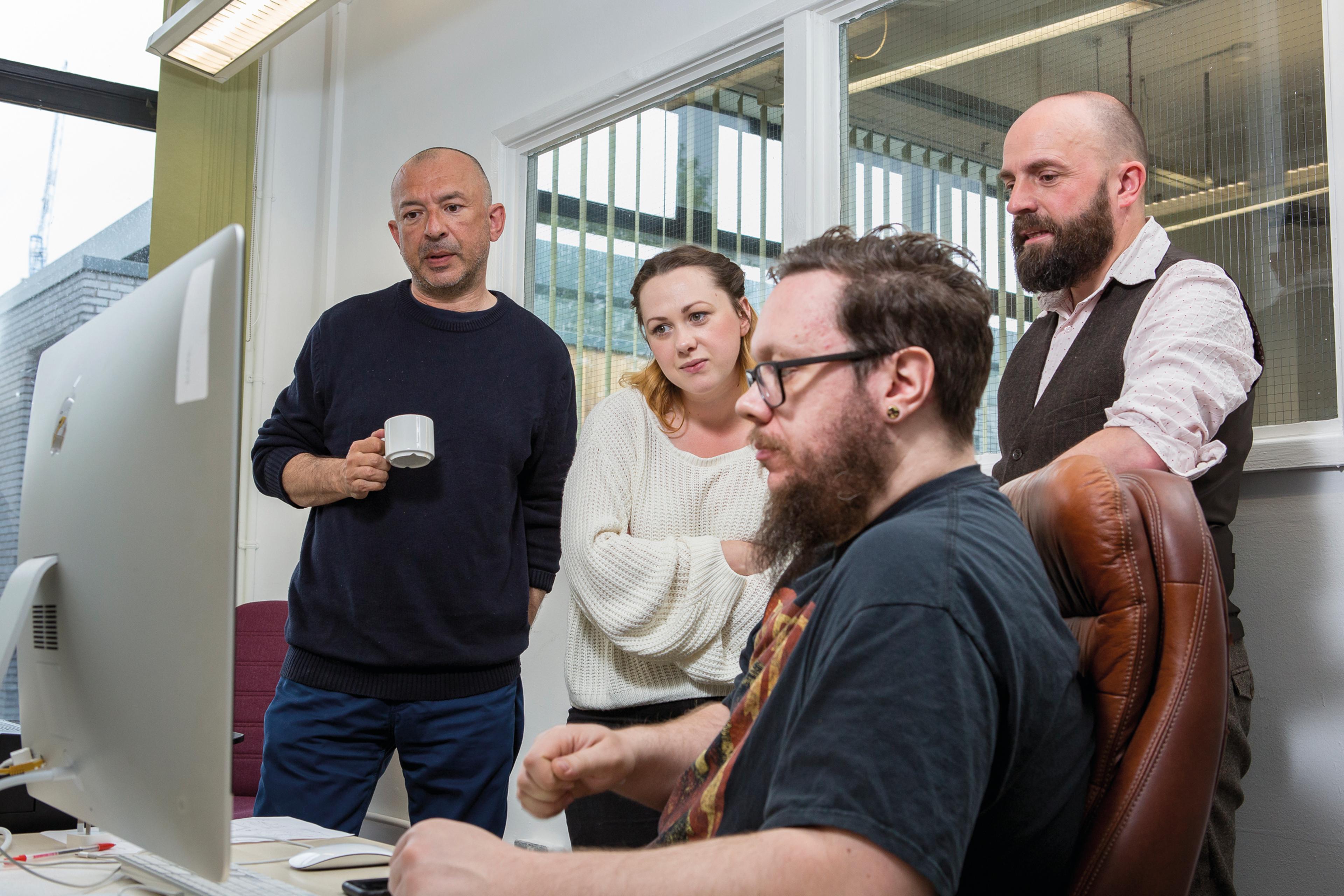Les Morts de la Rue: Brussels’ network to eulogise people experiencing homelessness
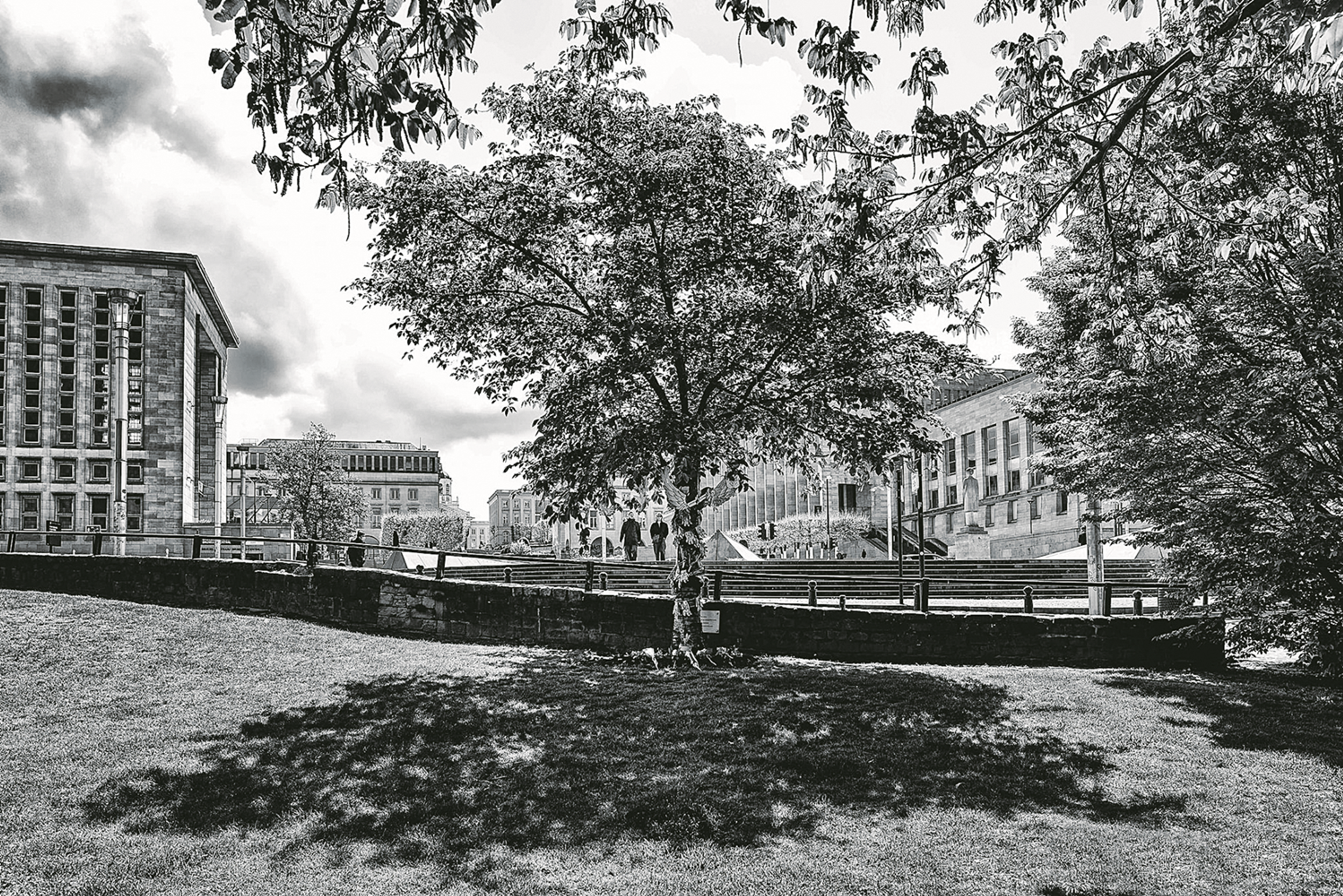
Photos by Julie De Bellaing
By Paolo Riva
- Street paper news

The idea was born during the 2005 International Day for the Eradication of Poverty demonstrations in Brussels. A group of people experiencing homelessness arrived with a fake coffin and a list of the names of those who had died on the street. The participants fell silent and began to reflect. According to Servais, who works for the non-profit Diogènes, “it was a moment of realization, which led to the creation of the collective, because previously those experiencing homelessness didn’t die, they simply disappeared.”
Today, however, the volunteers of Les Morts de la Rue (The Dead of the Street)operate a network that alerts them every time that a person who is living or has lived on the street disappears. At this point, the organisation kicks into gear.
If person has no clear identity, the collective’s first step is to reconstruct it. Then comes the delicate step of notifying acquaintances. “Some people are no longer in contact with family, for example. Then there are the relationships established on the street and often also with operators and professionals involved in social services,” explains Servais. All of them are invited to the burial ceremony, which, if not organised by the family of the deceased, is organised by the collective itself. “It can be either secular or religious. If we know the faith of the deceased, we contact the representatives of that religion here in Brussels.”
Twenty years ago, the different municipalities that make up the city of Brussels were reluctant to share information about the burials of people who died while living on the street, in part because they did not yet know about the collective and in part because the lack of a ceremony often made arrangements quicker, albeit less humane. “Today, it’s better, even if there is always a bit of haggling,” says Servais.
Credit is also due to the outreach activities that Les Morts de la Rue carries out. In particular, each May, the collective organises an event in the main hall of Brussels City Hall, an imposing building in the central Grand-Place.
“We read out all the names of the people who disappeared during the year and we also remember them through the work of artists who create poems or small objects in their memory,” explains Servais. The collective has also established a physical memorial spot for their activities: a tree just a few steps from Grand-Place, where the objects are hung from the branches once the event has concluded.
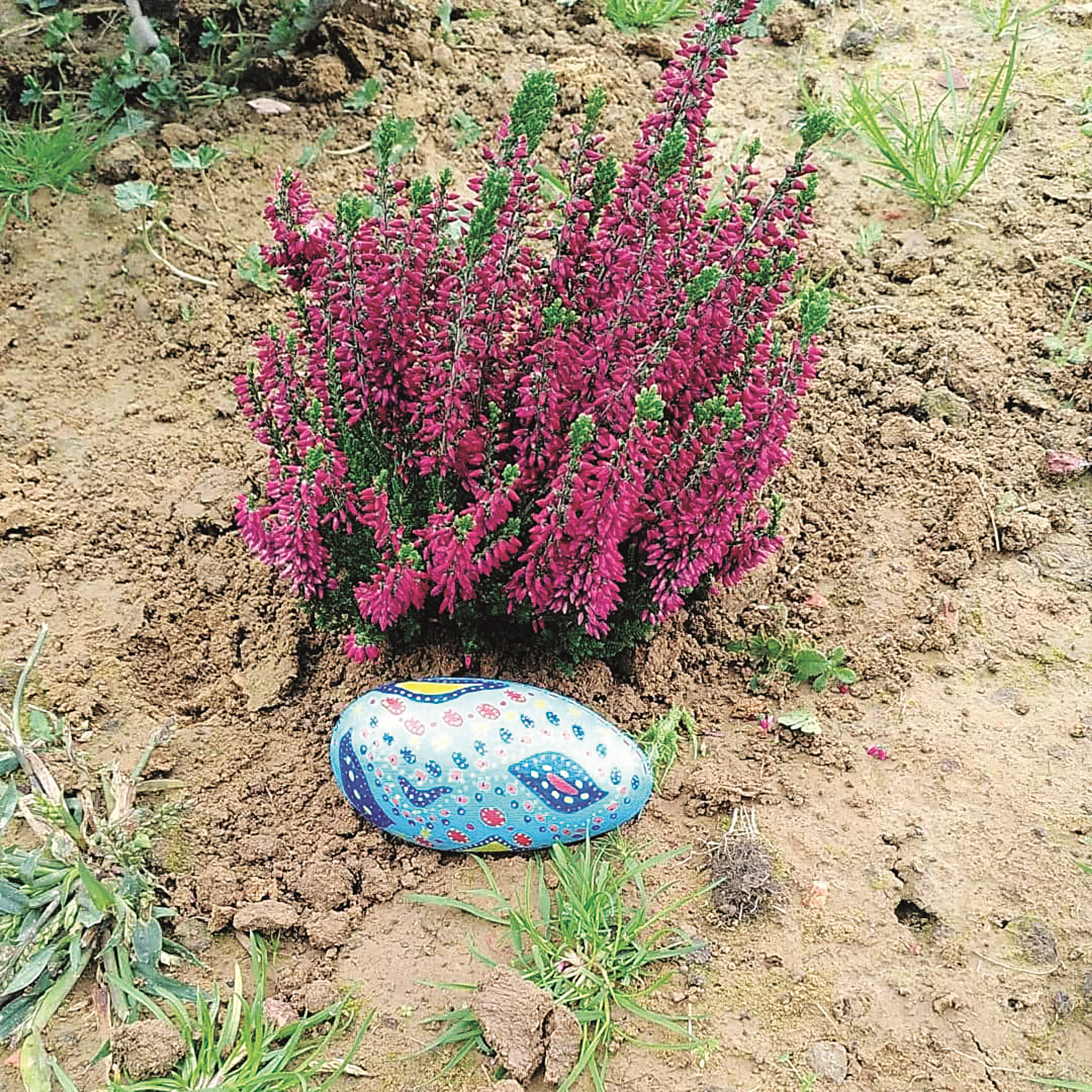
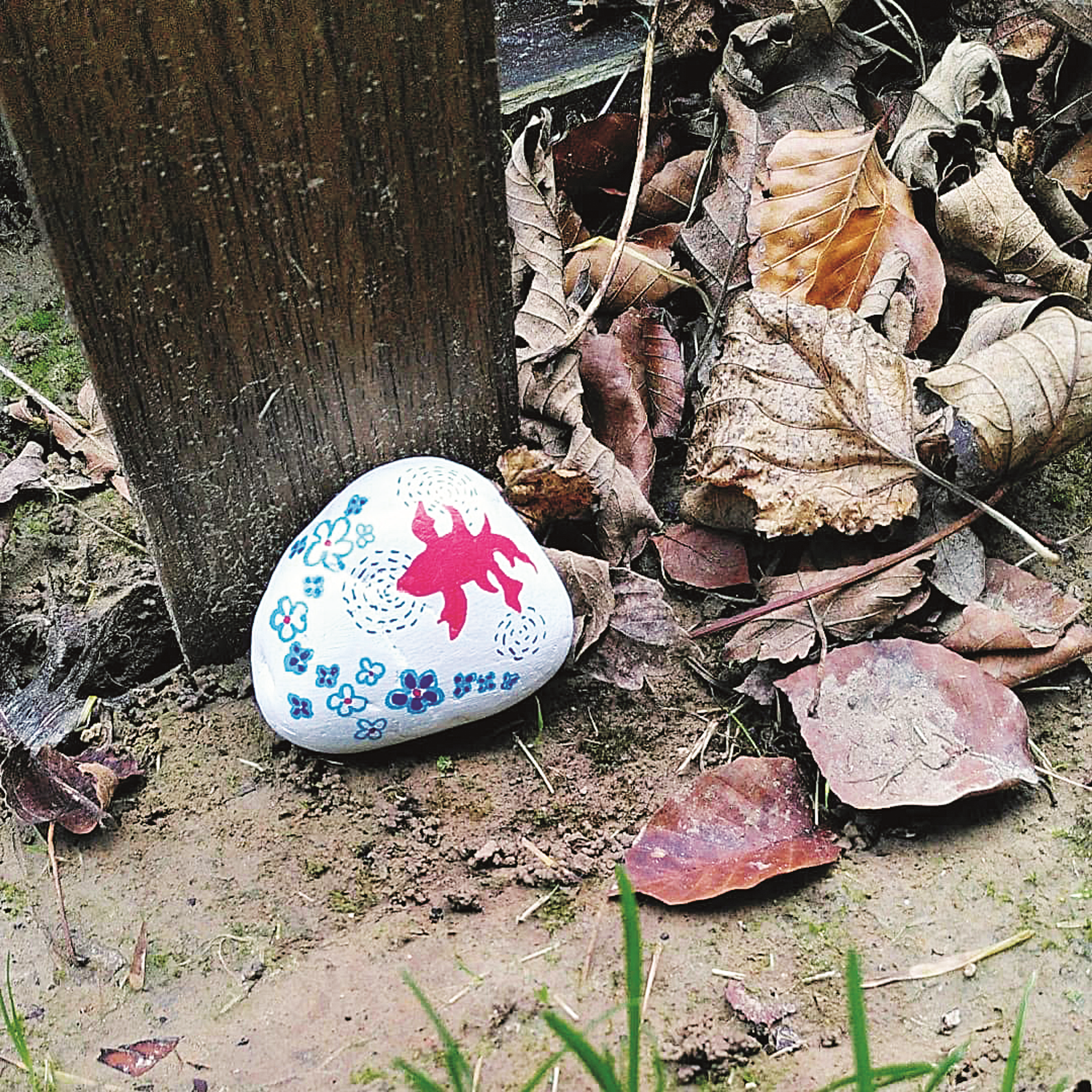
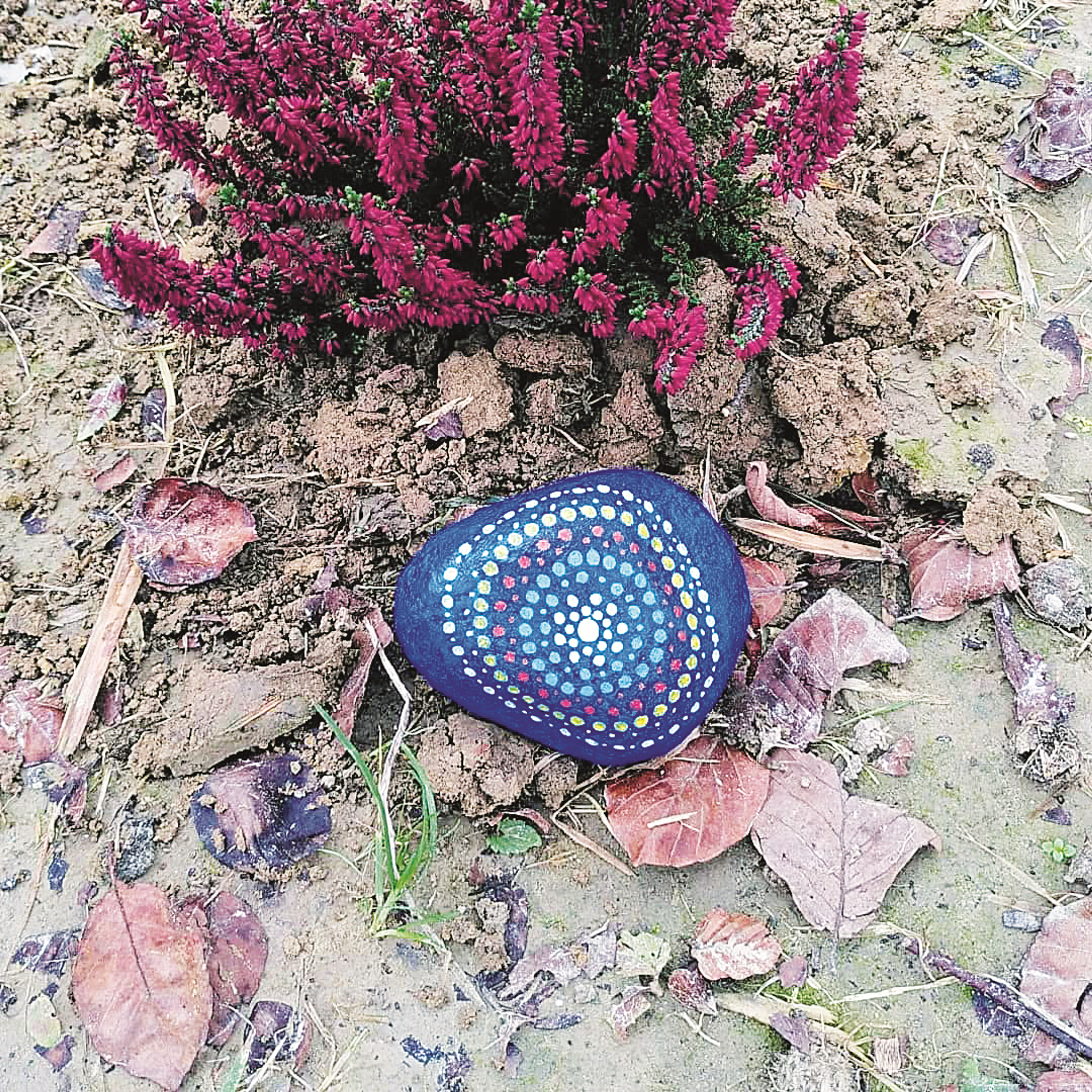
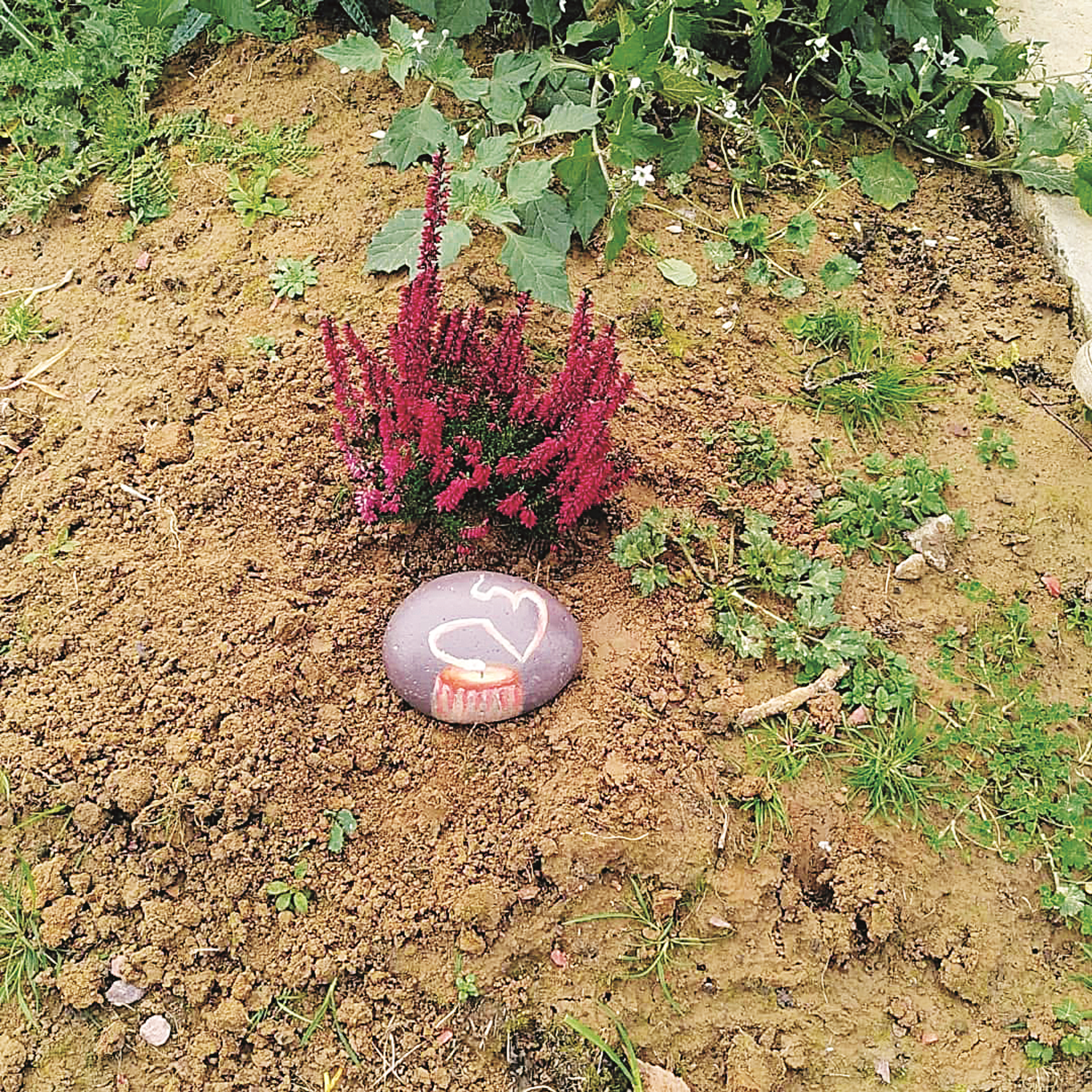
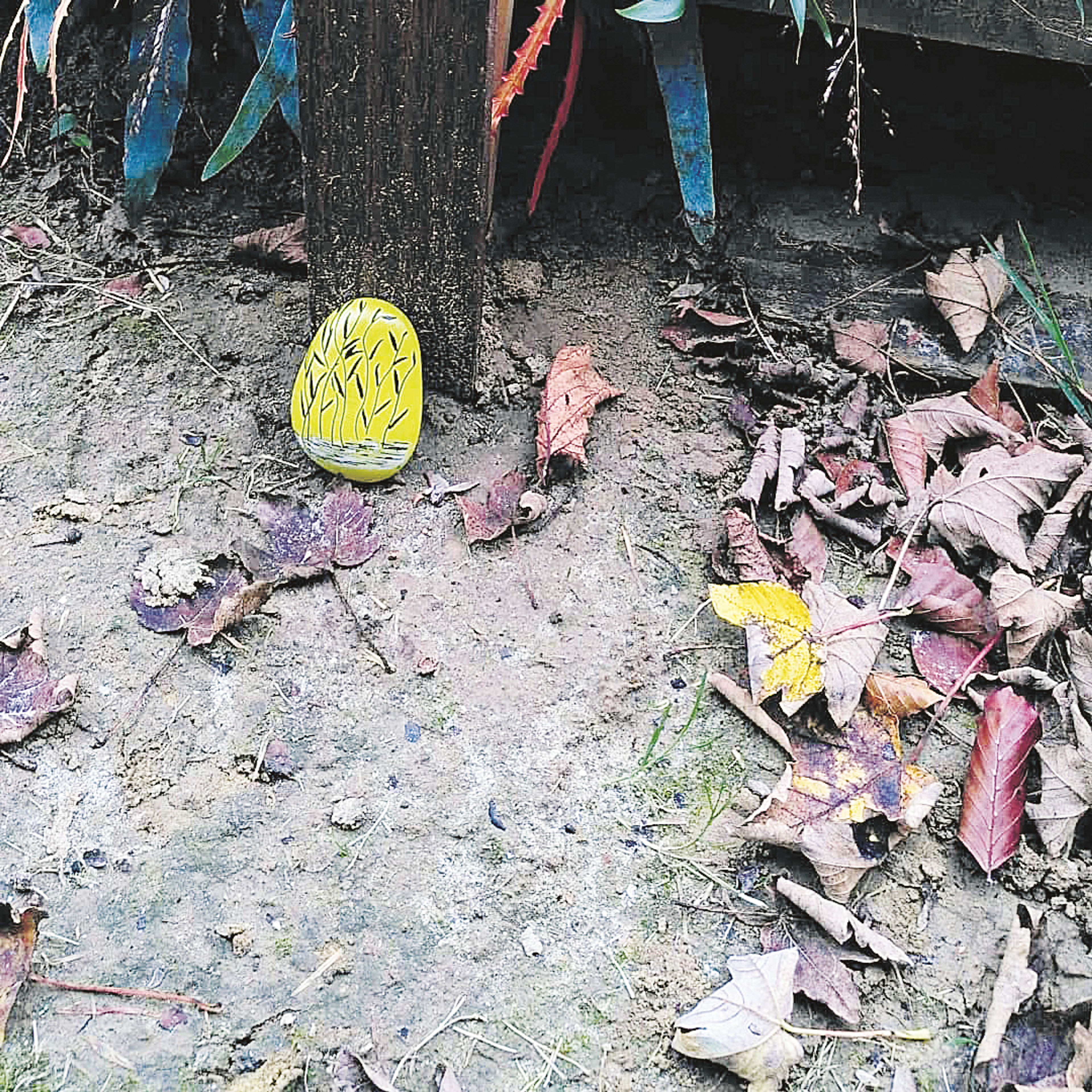

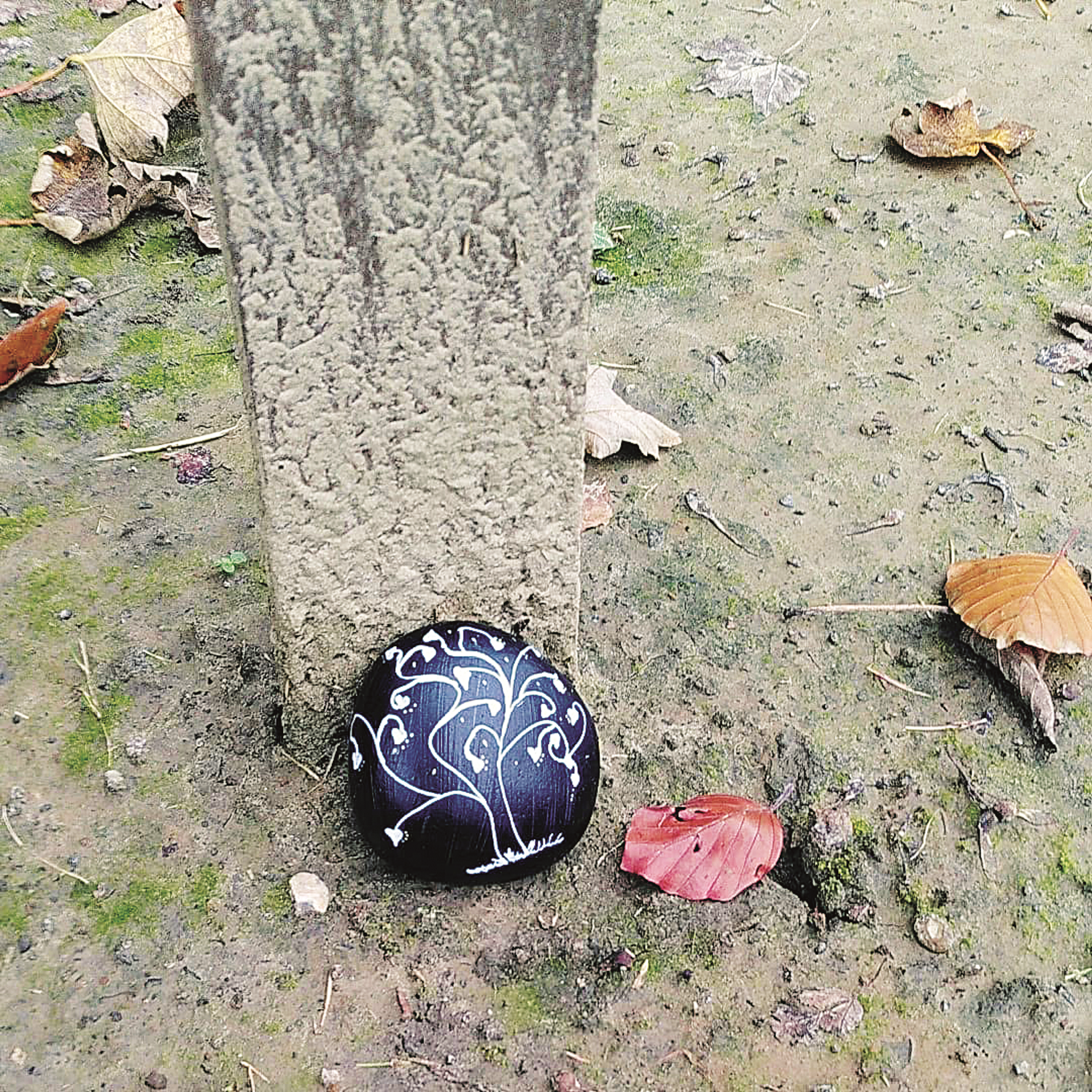
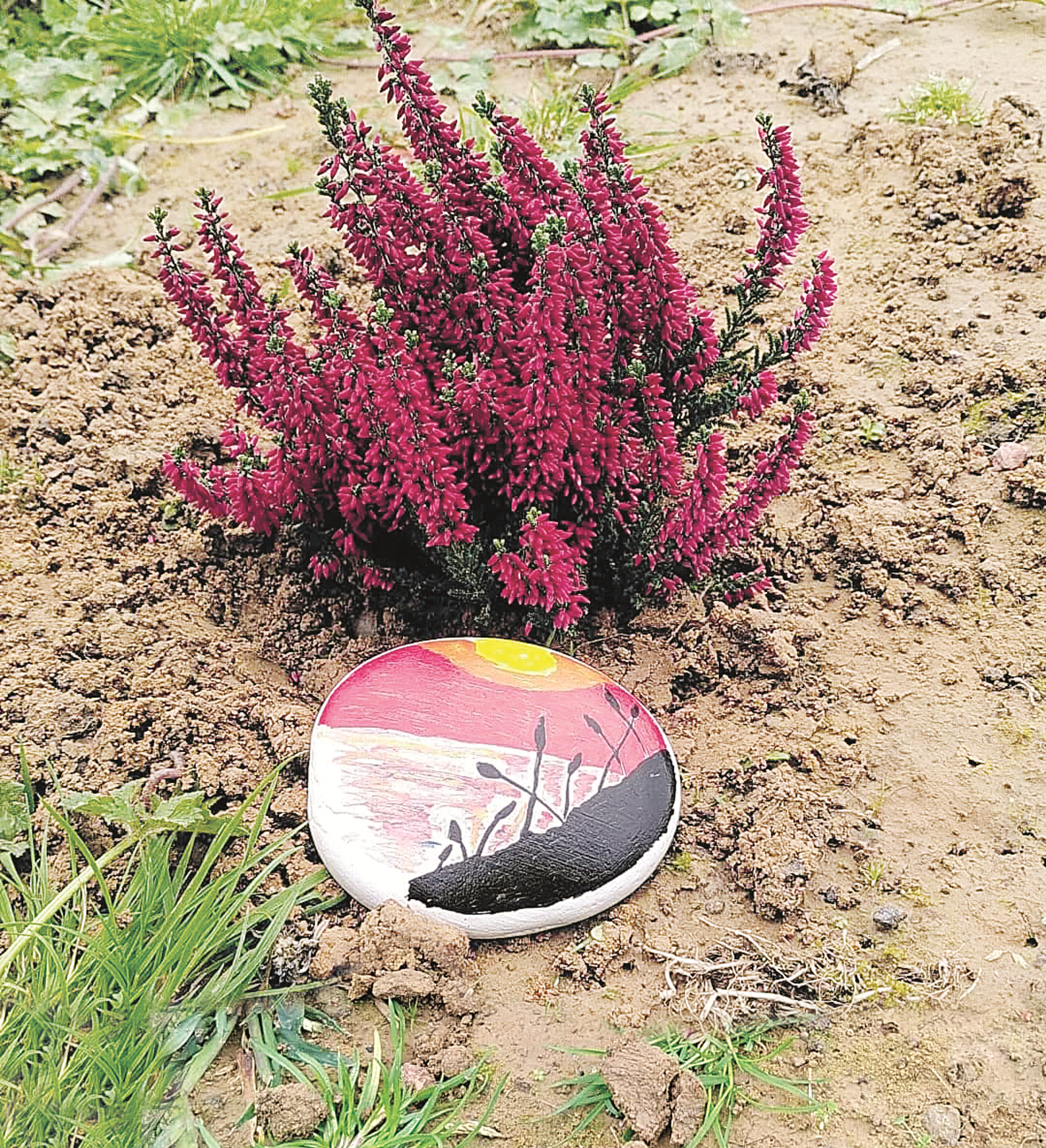









In 2024, there were 82 people recorded as deceased, three more than the previous year and 12 more than in 2020. But this data is incomplete, as the collective is not aware of all the deaths. Nonetheless, “the number 82 is too high and is growing every year. It is not a matter of coincidence, it is a matter of policy. And we can do something about it,” Margot de Clerck, a Diogènes street worker and colleague of Servais, told the Belgian-Flemmish TV station VRT at the time. The victims “are all people who had struggled with homelessness and for whom it has had a very significant impact on their lives.”
The significance of Les Morts de la Rue’s efforts is therefore also highly political: it serves to take targeted action to prevent people from dying on the street. However, after more than 10 years serving the collective, Servais is keen to point out another aspect upon which the experience has made her reflect. “People can be led to think that when a person experiencing homelessness dies, no one is sad. And in fact we see, day in day out, that they have so many relationships, that there is so much love surrounding them.”
In Brussels, the presence of homelessness is evident: mattresses on the metro, tents in parks, makeshift shelters created with cardboard and plastic under office porches. The exact number of people experiencing homelessness is unclear, but, according to local organisations, it is growing. “We can say that the number of people who come to our association has doubled in five years,” confirms Charly Vetro of Cœur S.D.F, which offers free meals to people experiencing homelessness.
Statistics are updated every two years via a nightly census that, last November, involved more than 400 volunteers. The previous iteration counted 7,134 people experiencing forms of homelessness including rough sleeping, temporary accommodation and squatting – up 18.9% from 2020.
The results of the new census will not be published until the start of June at the earliest. “We estimate that the number of people experiencing homelessness is growing by about 20% each year, and we fear that in 2025, it will be close to 10,000,” explained data collector Eva Salman to Belgian-Flemmish TV-station RTBF.
Courtesy of Scarp de’ tenis / INSP.ngo
You may also be interested in...
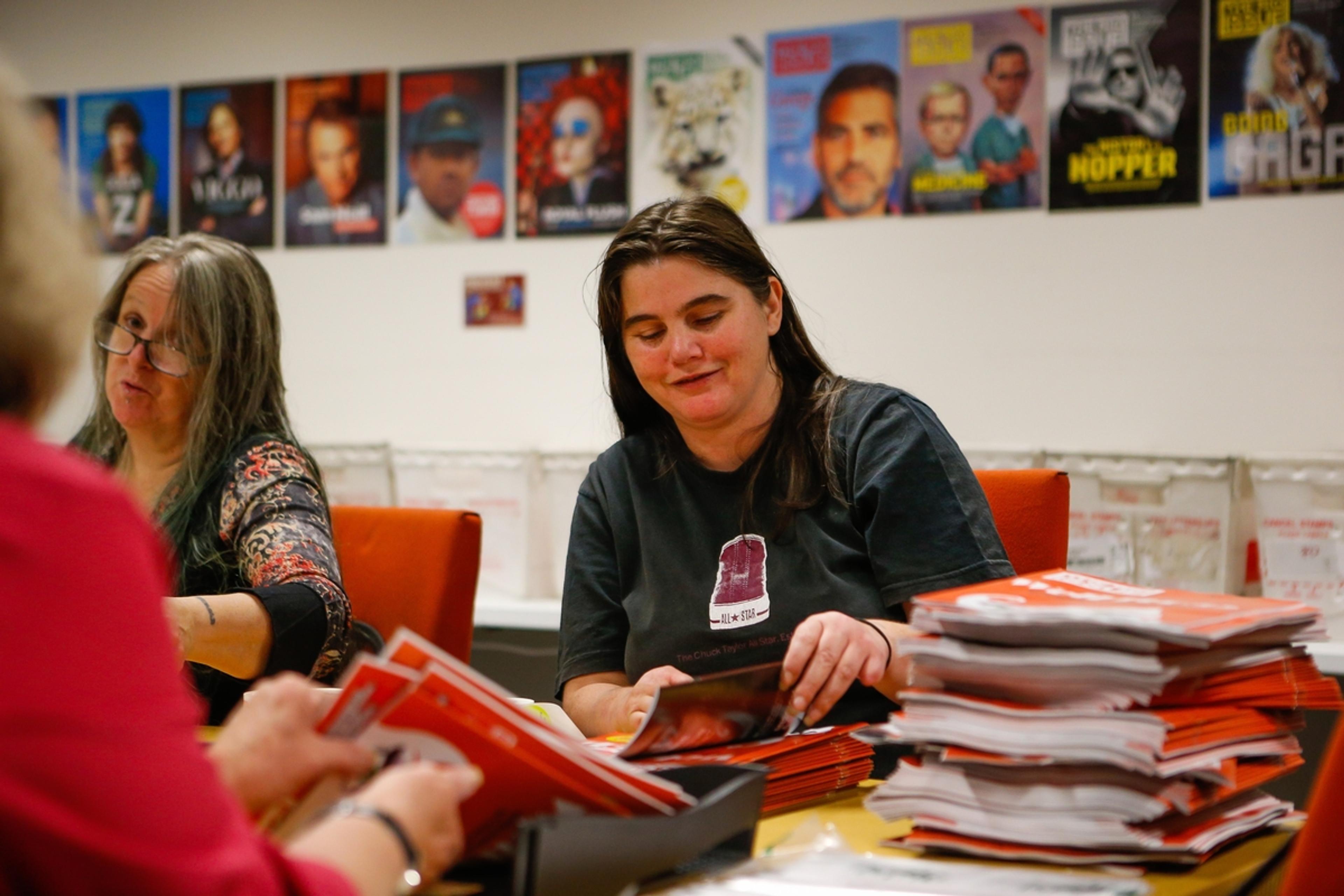
Q&A: How The Big Issue Australia is empowering women through enterprise
Read more
Street Sense Media vendors stage play exploring solutions to homelessness
Read more